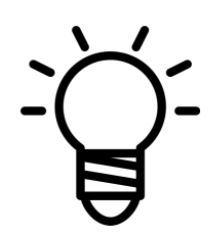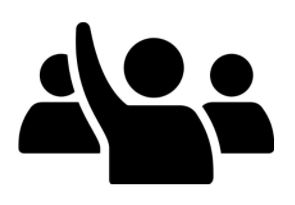|
Using oral, written, visual, and digital texts, students are working on individually and collaboratively developing the following areas:
Comprehend and connect (reading, listening, viewing)
- Access information and ideas for diverse purposes and from a variety of sources and evaluate their relevance, accuracy, and reliability
- Apply appropriate strategies to comprehend written, oral, and visual texts, guide inquiry, and extend thinking
- Synthesize ideas from a variety of sources to build understanding
- Recognize and appreciate how different features, forms, and genres of texts reflect different purposes, audiences, and messages
- Think critically, creatively, and reflectively to explore ideas within, between, and beyond texts
- Recognize and identify the role of personal, social, and cultural contexts, values, and perspectives in texts
- Recognize how language constructs personal, social, and cultural identity
- Construct meaningful personal connections between self, text, and world
- Respond to text in personal, creative, and critical ways
- Understand how literary elements, techniques, and devices enhance and shape meaning
- Recognize an increasing range of text structures and how they contribute to meaning
- Recognize and appreciate the role of story, narrative, and oral tradition in expressing First Peoples perspectives, values, beliefs, and points of view
- Recognize the validity of First Peoples oral tradition for a range of purposes
Create and communicate (writing, speaking, representing)
- Exchange ideas and viewpoints to build shared understanding and extend thinking
- Use writing and design processes to plan, develop, and create engaging and meaningful literary and informational texts for a variety of purposes and audiences
- Assess and refine texts to improve their clarity, effectiveness, and impact according to purpose, audience, and message
- Use an increasing repertoire of conventions of Canadian spelling, grammar, and punctuation
- Use and experiment with oral storytelling processes
- Select and use appropriate features, forms, and genres according to audience, purpose, and message
- Transform ideas and information to create original texts
|
We will be investigating the following content this year:
Story/text
- forms, functions, and genres of text
- text features
- literary elements
- literary devices
- argument
Strategies and processes
- reading strategies
- oral language strategies
- metacognitive strategies
- writing processes
Language features, structures, and conventions
- features of oral language
- paragraphing
- language varieties
- syntax and sentence fluency
- conventions
- presentation techniques
|


